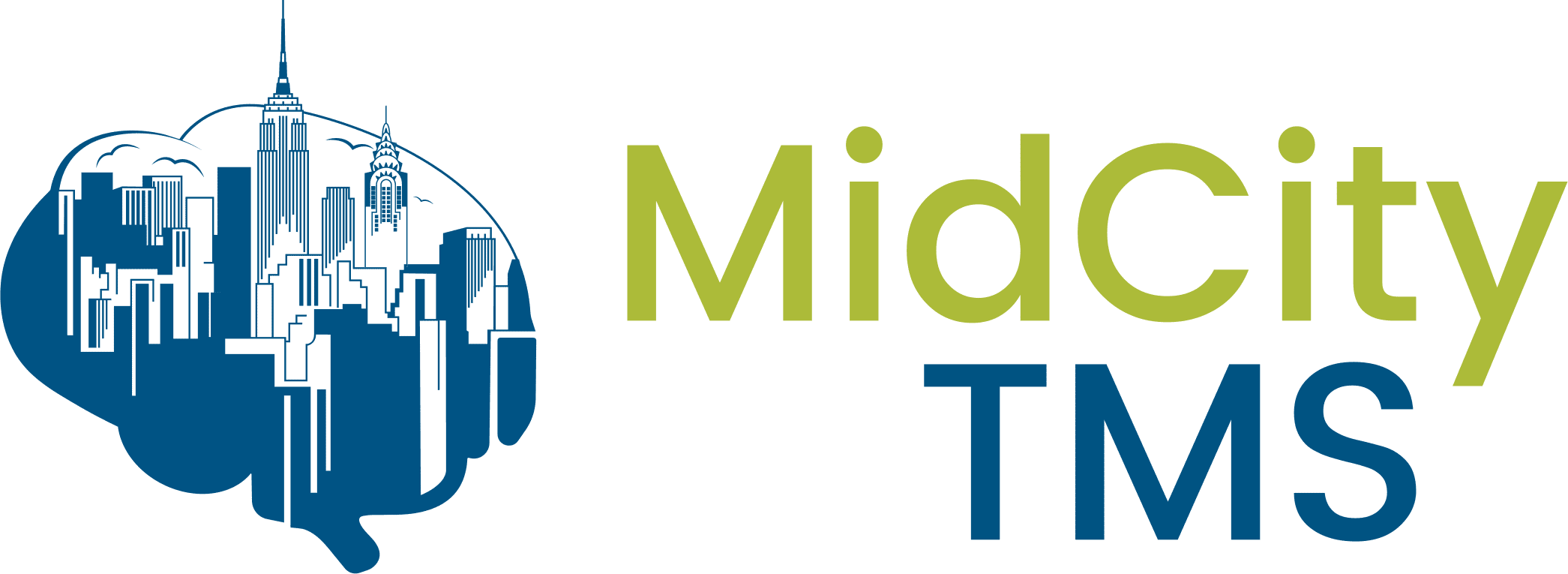Despite recognition as one of the most effective ways to treat depression next to medication, very few people outside of the medical sphere know transcranial magnetic stimulation (TMS) is a treatment option for Major Depressive Disorder (MDD). One reason for this lack of awareness could be the perceived experimental nature of the procedure. There are few wide-scale studies done on large groups, so while most experiments show positive results, the lack of large-scale data can make some patients hesitant to try out TMS. This is why many researchers prioritize studying TMS on a large scale, so they may prove the true effectiveness of this method.
What Does TMS Do?
The main source of MDD is the dysregulation of the brain, in most cases located in the left dorsolateral prefrontal cortex (DLPFC). The process of a TMS treatment involves a patient fitted with a cap that sends painless, electromagnetic waves to the inactive sections of the brain to stimulate activity and, in turn, lessen depressive symptoms. The number of treatment sessions and the needed strength of the waves can vary by individual, but most patients can reach remission from their symptoms within a few weeks of regular treatment. For those with chronic depression and other comorbid symptoms, this could be a breakthrough.
While the treatment has existed since the 80s and has been FDA-approved since 2008, few people know about this alternative to medication, likely due to the fact there have not been many large-scale studies. TMS success depends on regular treatment, often 4-5 sessions a week for multiple weeks. It’s difficult to get enough patients to agree to comply with such a time demand. Luckily, dedicated researchers are on the move to find proof of TMS effectiveness in large populations.
The Study
In a recent study, researchers gathered registry data from 103 practice sites from people seeking TMS treatment for their MDD. The experiment was used to collect consistent patient and treatment-related outcomes for this therapy and to identify demographic or medical patterns in results.
Of the 7759 patients participating, 5010 were included in an Intended to treat sample, (ITT) which is an analysis method developed to avoid data skewing by outside forces (like non-compliance and lack of follow up) by allotting for the inevitably in the study. Researchers know that these forces exist no matter what, and account for that in their numbers. In this case, the ITT population was made up of patients over the age of 18, with an MDD diagnosis and who completed a Patient Health Questionnaire-9 (PHQ-9) before and after the treatment course. The other group, referred to as Completers, received twenty or more sessions and had an “end of acute treatment PHQ-9 assessment.”
On average, patients received over 30 TMS sessions, over a period of 7–8 weeks. Around two-thirds of patients were female, and the average age was nearly 50 years.
According to the study, “Practitioners varied in the TMS protocols they implemented. While all patients received some form of fast frequency TMS delivered to the left DLPFC (with or without additional slow frequency right-sided treatment), there was variability in patients’ MT, stimulation intensity relative to MT, pulse frequency, number of pulses delivered per session, and the number of treatment sessions.”
The Results
The results of these studies were overwhelmingly positive for TMS as an effective treatment for MDD. Response and remission rates were high across both self-report and officially administered questionnaires, meaning they found major evidence for the treatment’s antidepressant effects.
Specific data shows that certain groups had better clinical outcomes. Most notably, female patients across the board showed more symptomatic improvement compared to men, as did patients who were treated with more pulses per session than the control. There was also no data to suggest that age changed TMS efficacy in positive or negative ways.
Overall, this significant study provided major proof that TMS is an effective and safe treatment through patient and doctor reports of major improvement without dangerous side effects. This evidence also supports the idea that TMS could be safely implemented earlier in a patient’s MDD treatment than previously thought.
What Next?
As one of the largest collections of clinical outcomes for any MDD treatment, the study sets a strong basis for TMS expansion. The numbers back up long-standing claims that TMS is one of the most effective treatments for MDD, and could safely be used earlier in the treatment of the condition. The long-term effects of depression can be extremely debilitating for patient morale as well as physical health.
If patients can receive this effective treatment sooner, the trauma of this disease could be lessened, if not completely healed. MDD is a complex disorder that affects every patient in different ways, and medication is not guaranteed to ease their symptoms. This study supports the theory that TMS could be a universally effective treatment, which provides major hope for those struggling with MDD.
Treat MDD with Mid City TMS
If you or a loved one have suffered from Major Depressive Disorder, you are not alone. Many people with this form of depression can have a difficult time finding a medication treatment that is right for them. Many who find themselves medication-resistant can often lose hope that they will ever find relief, but TMS provides a solution.
Depression is a tireless battle, but Mid City TMS wants to provide New York Residents with a new weapon against this threat. It can be used in concurrence with a medication regimen, and we are happy to coordinate with your current counselor or psychiatrist to find your personalized method of depression relief. Whether you are just beginning your healing journey with MDD or you have been working towards relief for years, TMS could be the extra relief you need to find a new perspective on life. If you are interested in seeing how TMS can help you, set up an in-person or virtual consultation with Mid City today.



